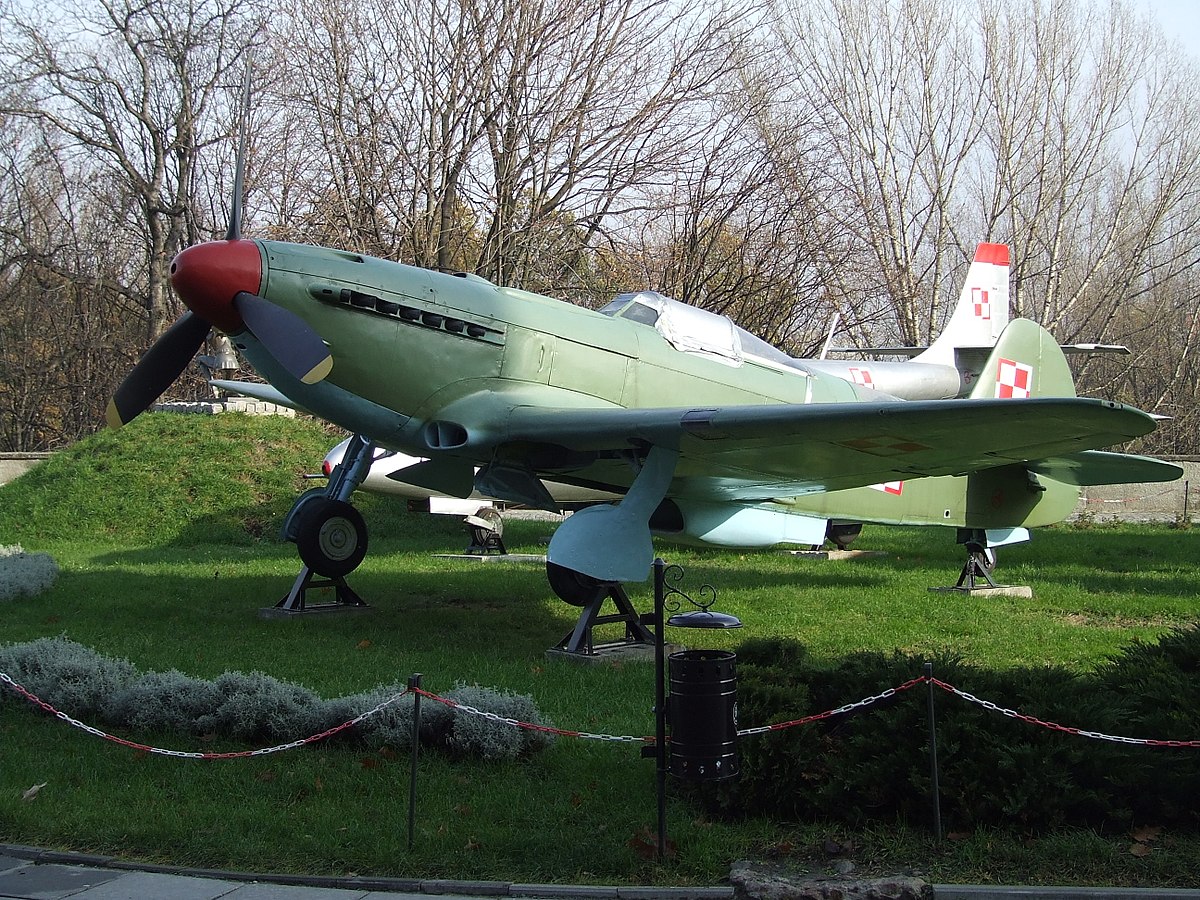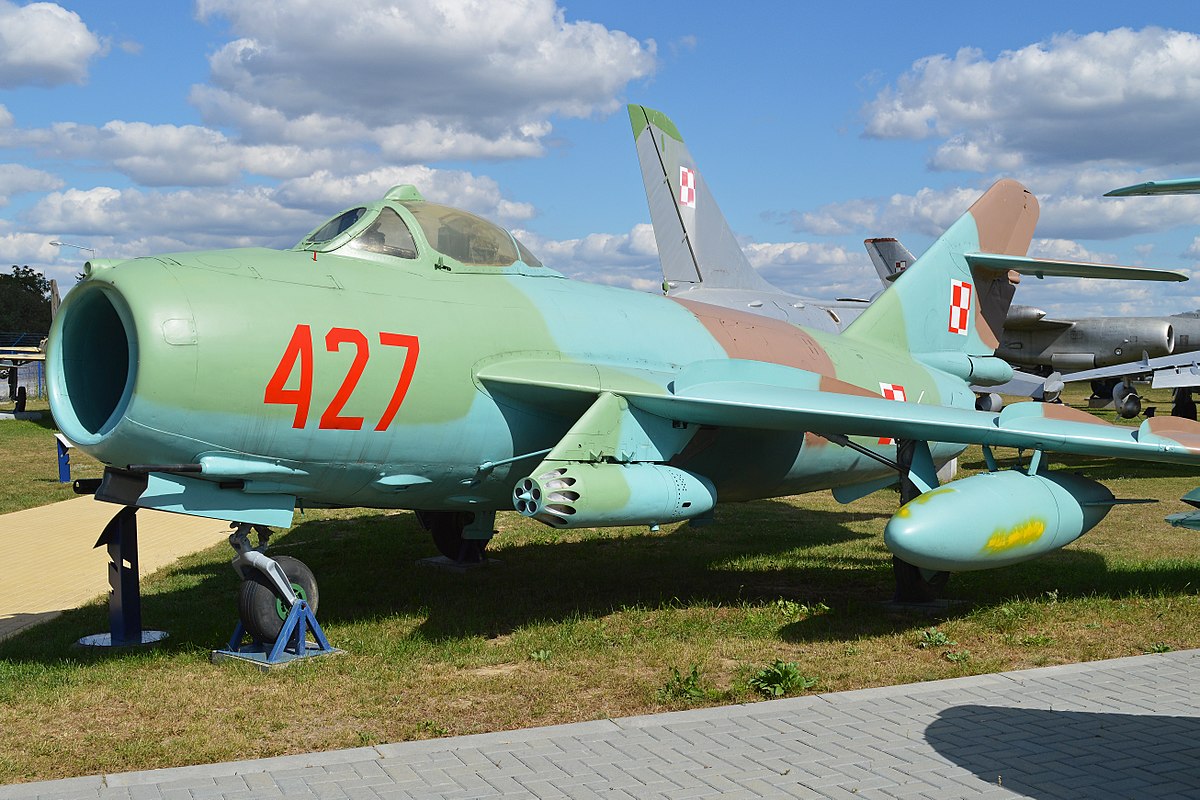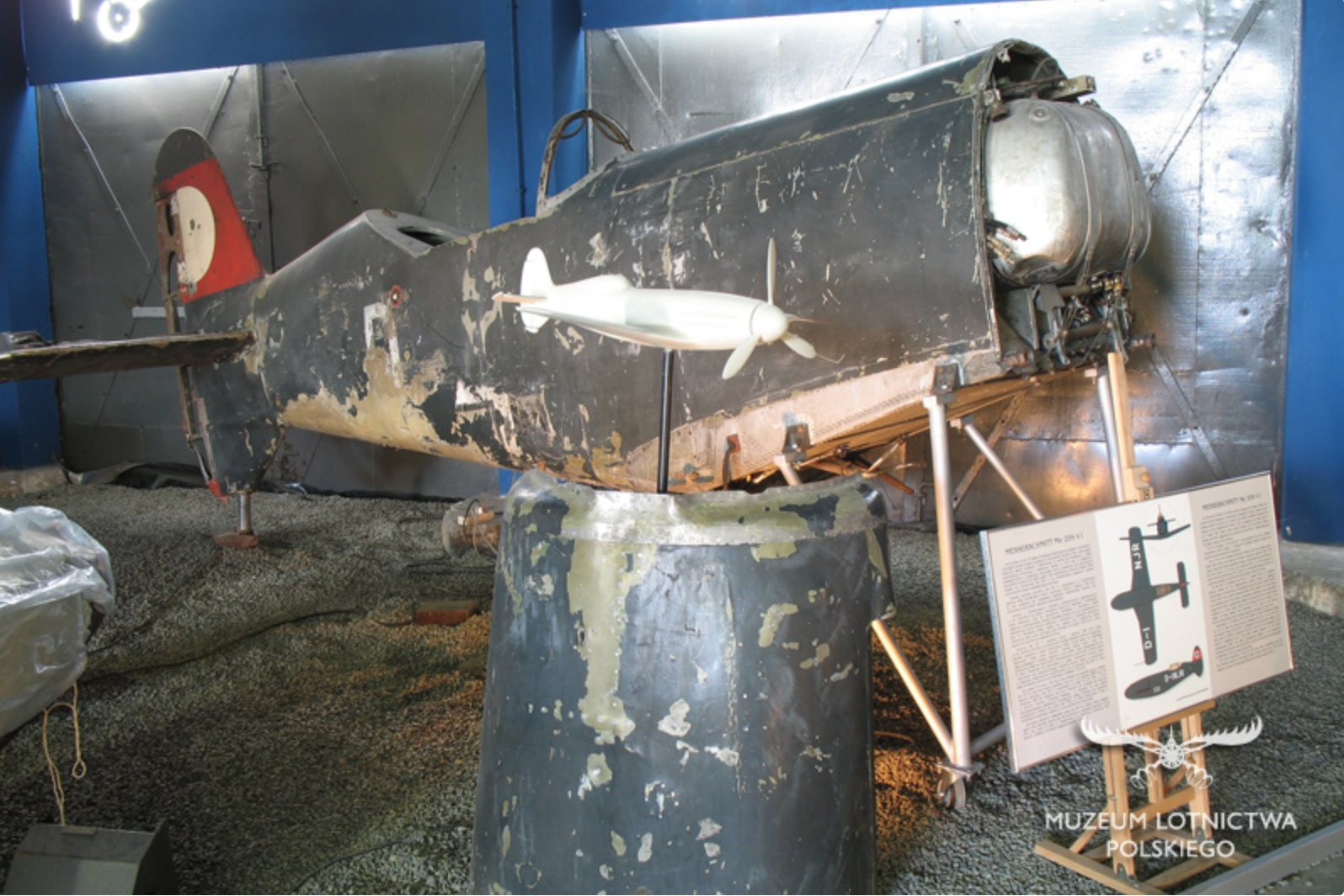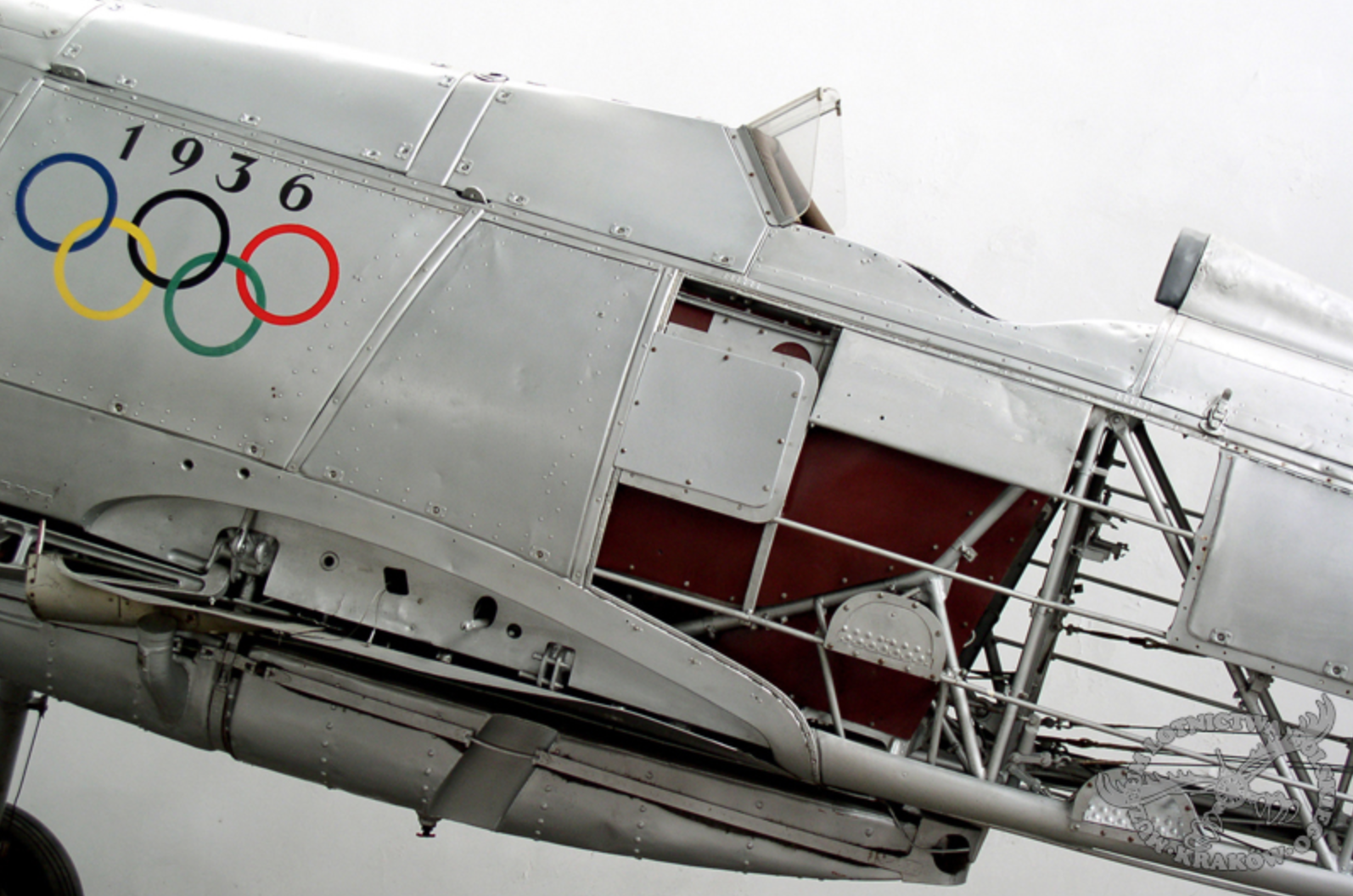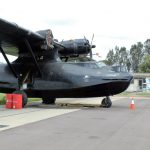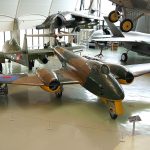The rich history of the Polish Air Force will be celebrated with a major international air show in August 2018, 100 years after its formation following the end of World War One. It was called into action almost immediately during conflicts with the Ukraine and Russia. It built up its strength in the 1920s and 1930s, using French designs initially, before introducing range of indigenous types manufactured at the PZL factory.
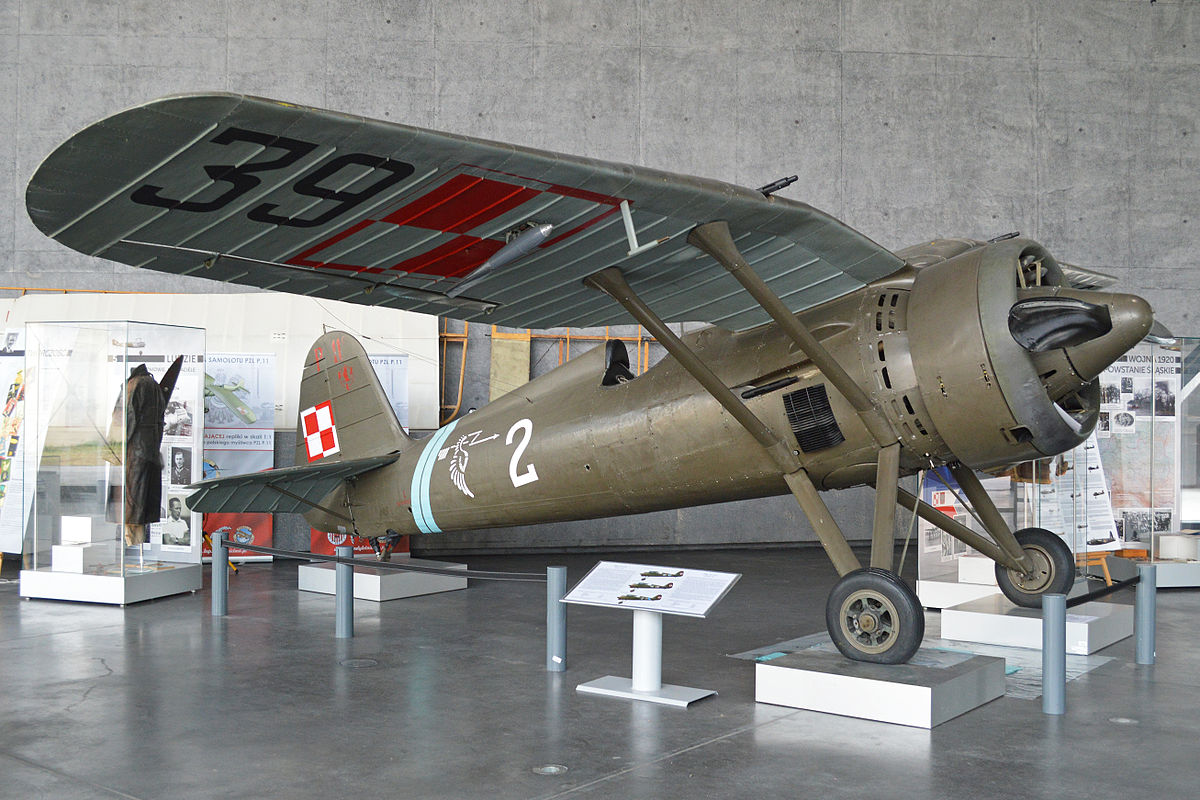
The outbreak of World War Two saw the Polish Air Force overwhelmed by the superior German Luftwaffe despite PZL-11 fighters downing 130 enemy aircraft. With the fall of Poland in September, 1939 many her pilots and aircrew escaped to France and from there to Britain. They went on to play a significant role in resisting the Nazi advance. Two Polish-manned RAF fighter squadrons, equipped with Hawker Hurricanes, fought with great success during the Battle of Britain. Following the Battle of Britain, further Royal Air Force squadrons were filled out with Polish pilots and aircraft to bolster the aerial defense of Britain, and later to take the war against the Nazis back into Europe. Meanwhile in the Soviet Union, a new Polish People’s Air Force equipped with Yak-9 fighters and Il-2 bombers emerged to help defend Russia from German attack.
Following the war, and the Soviet Union subsumed Poland into its empire behind what became known as the Iron Curtain. During this time, the Polish Air Force grew rapidly, using Soviet types exclusively. MiG-15s and 17s were acquired in large numbers. WSK Mielec produced many hundred MiG-15s under licence locally as the Lim-1 and Lim-2 (MiG-15 and MiG-15bis respectively) and a similar amount of MiG-17s as the Lim-5 (which evolved into the Lim-6). Later MiG variants arrived, along with Sukhoi Su-7s and Su-22s, many Mil helicopter variants and Ilyushin Il-28 jet bombers. The end of the Cold War brought a gradual realignment towards the West, and after a number of years of minimal investment, Poland ordered General Dynamics F-16 Fighting Falcons to upgrade their defensive capabilities. Nevertheless, the ongoing use of MiG-29 and Sukhoi Su-22 fighter/bombers, along with locally-designed trainers, helicopters and transports, makes Poland a Mecca for aviation enthusiasts around the world.
This year’s Centenary air show will showcase the current Polish Air Force inventory, but will include a number of historic types to demonstrate the nation’s aeronautical pedigree. Invitations have also been sent to the air forces or more than 30 other nations with requests for their participation in the show which will take place at Radom AB on August 25/26th. For those interested in attending this milestone event, WarbirdsNews sponsor Ian Allan Aviation Tours will be running a trip to explore Poland’s aviation heritage with two days spent at the airshow, along with visits to two of the country’s major aviation museums, the Muzeum Sit Powietrznych at Deblin and the Polish Aviation Museum at Krakow.
Both of these museums are fantastic, but is the Polish Aviation Museum that is without doubt the crown jewel in Poland’s collection of historic aircraft, as indeed it would be for all but a handful of other nations. Here you will find such unique airframes as the World Speed Record holding Messerschmitt Me 209 V1, which Fritz Wendel flew on April 26th, 1939 at a then staggering speed of 468mph, a record which stood for 30 years until Darryl Greenamyer broke it in his Grumman F8F-2 Bearcat Conquest I. There are several extremely rare WWI-era German aircraft, and the Curtiss Hawk II biplane which was the personal aircraft of Ernst Udet, the German WWI ace who went on to become the Luftwaffe’s minister of aircraft production. There are many other rare indigenous designs and western aircraft on display at the museum, which houses well over a hundred airframes!
Ian Allen Aviation Tour’s trip to Poland this summer is bound to be an amazing experience for all involved. Here is your opportunity to go along for the ride. Their complete itinerary for the trip to Poland, as it stands now, is available HERE.








